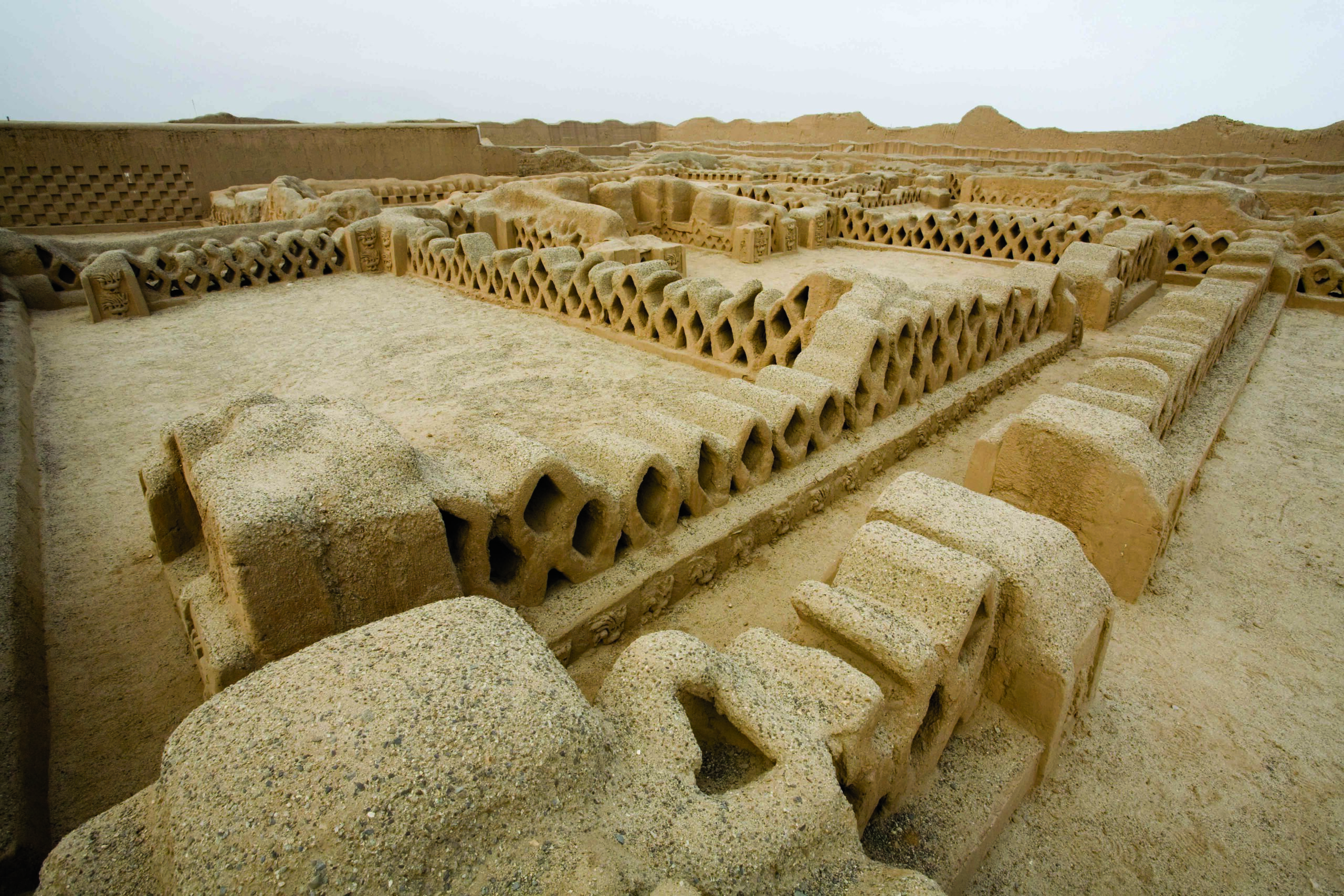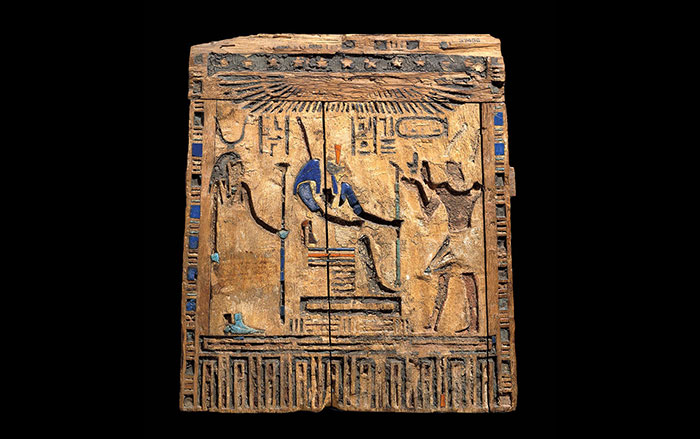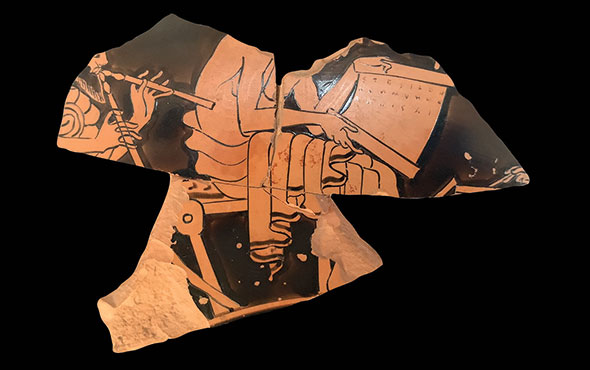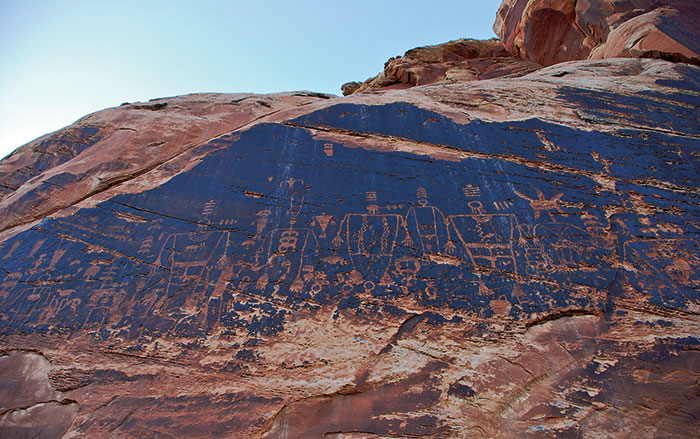
MITLA, MEXICO—Live Science reports that ground scanning conducted at the site of a Roman Catholic church in southern Mexico with ground-penetrating radar, electrical resistivity tomography, and seismic noise tomography by researchers from Mexico’s National Institute of Anthropology and History (INAH), the National Autonomous University of Mexico, and the ARX Project has detected the remains of a temple built by the Zapotec in the late sixth century B.C. Known as “Lyobaa,” or “the place of rest,” the underground complex of chambers and tunnels is thought to have served the Zapotec as a ceremonial entrance to the underworld until the Aztec conquest in the late fifteenth century. Some 100 years later, the Spanish then reused materials from the ancient building to construct the church at the site. The researchers are planning to return to Mitla for additional geophysical studies later this year. To read about private rituals practiced by Zapotec nobles, go to "Zapotec Power Rites."










